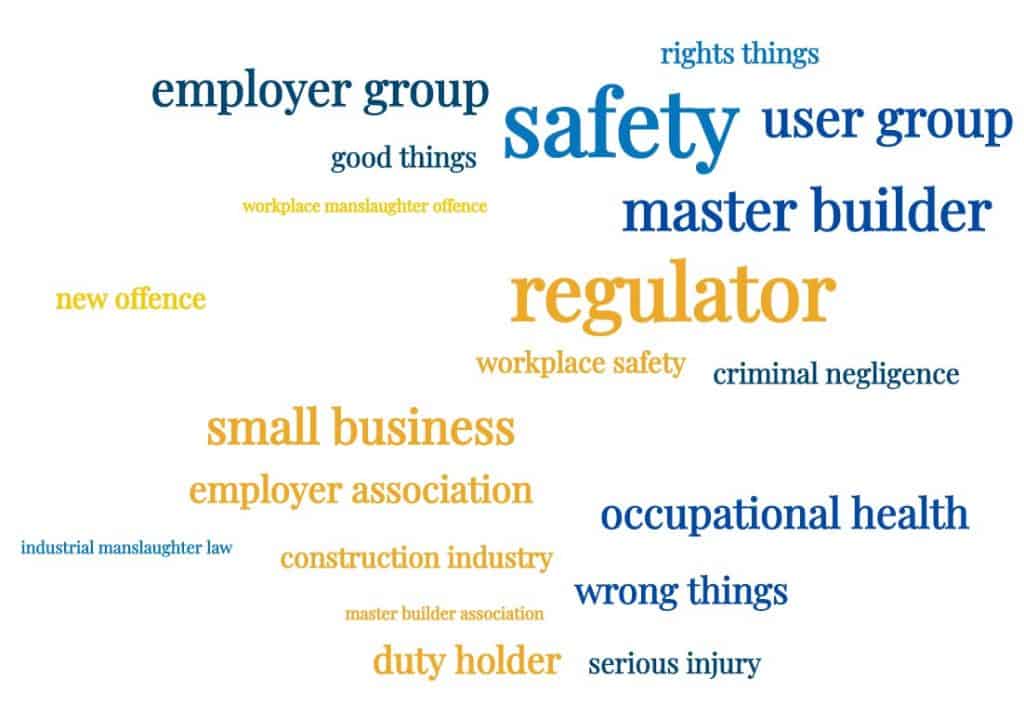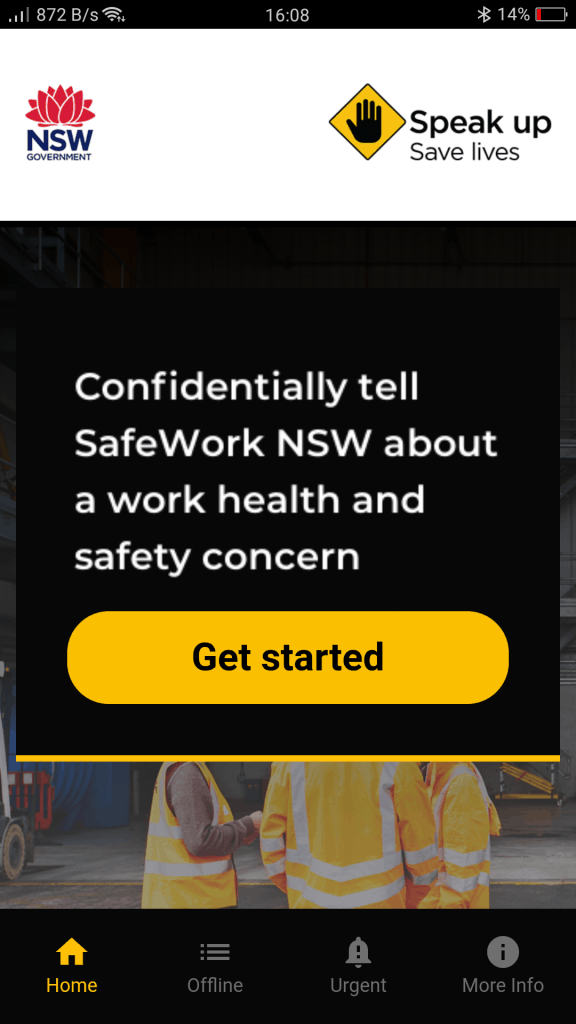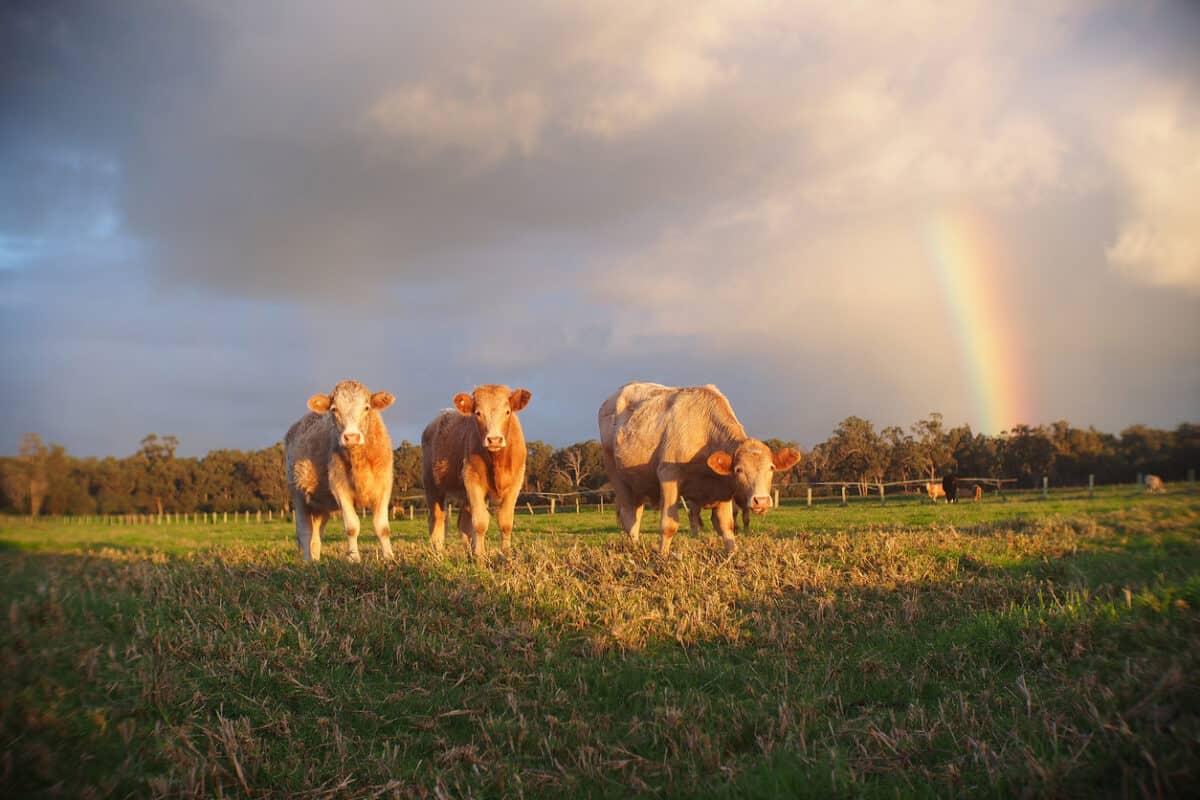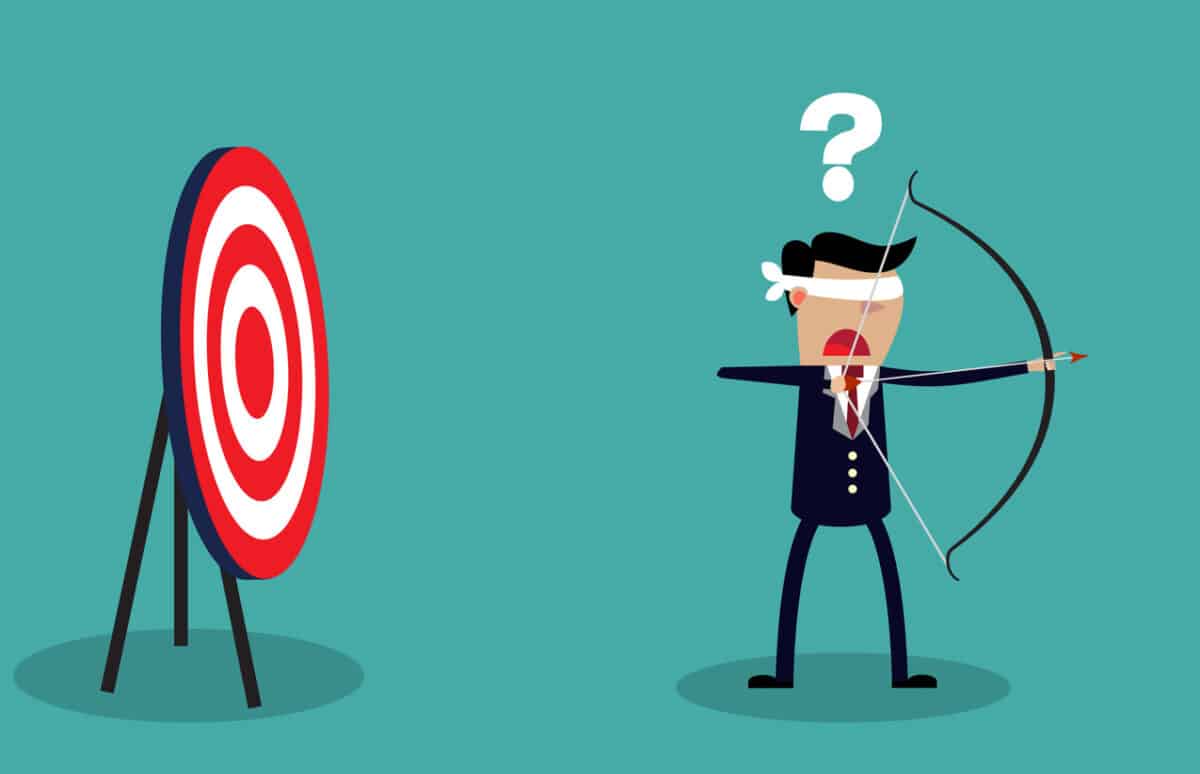The harm presented by working in Australia’s mining sector has been a concern for a long time. Over the last decade or two, the psychosocial harm from the same work has come to the fore. The occupational health and safety (OHS) responsibility sits clearly with the employers who, in Australia, are often well-resourced national and international corporations. Recently SafeWorkSA issued a media release entitled “Sexual harassment in mining sparks campaign“. SafetyAtWorkBlog took the opportunity to put some questions to the South Australia OHS agency, to which it has responded.
Category: Inspectors
“the job is never done”
Every so often, there are sufficient numbers of workplace deaths and injuries that a government feels the need to act. In 2019, the Queensland government closed down its mining sector for a “safety reset”, which required every mine worker to be retrained in occupational health and safety (OHS). Recently Western Australia needed to act on deaths in its farming sector and has established an inquiry into the issues.
Farming is perhaps the hardest industry in which to affect change. It is dominated by male workers and farmers. It has next to no union presence. OHS inspectors rarely attend farms except after a severe injury or death.
Is Ken Phillips shooting the messenger and missing the real reform target?
Ken Phillips of Self-Employed Australia is continuing his pursuit of Victorian politicians for breaches of the occupational health and safety (OHS) laws after the failure of the State’s Hotel Quarantine Program that led to the deaths of some Victorians from COVID-19. He has supporters in some of the mainstream media and was recently interviewed by Peta Credlin on Sky but perhaps the clearest explanation of his aims is in an interview with George Donikian on The Informer in May 2021. Just recently, Phillips obtained an update from WorkSafe Victoria and has been doing the media rounds again.
Selling remediation as prevention is dishonest
Regular readers of, and subscribers to, this blog know that I am a strong advocate for the prevention of suicides, especially those related to work. Mental illness is not always connected to suicides but there is often a correlation between, mental stress, self-harm, suicide ideation and suicides. as such it is useful to keep an eye on suicide statistics, particularly in industries or times of great stress.
In early December 2020, Victoria’s Minister for Mental Health, James Merlino, addressed the Parliamentary Accounts and Estimates Committee (PAEC) to discuss the 2020-21 Budget Estimates. At that time, Merlino made some clear statements about the rates of suicides, which are useful to remember when evaluating suicide and mental illness prevention strategies like those mentioned in the Productivity Commission’s recent inquiry into Mental Health.
Interview with James Curtin

James Curtin and I have been trying to find time to sit down and talk about occupational health and safety (OHS) and Industrial Manslaughter (IM) laws ever since I interviewed trade unionist Dr Gerry Ayres in 2018. The most recent IM laws have recently passed in Victoria and James and I finally found some time to talk.
Below are the personal and professional points that James made in the interview. The rest of the article contains the full interview.
- Workplace manslaughter has not been found to improve safety and pushing ahead with a model that excludes some duty holders from the offence was/ is wrong
- There was no gap in the law that this new offence sought to fill. It was an ideologically fuelled position.
- The model should have been one in all in (like reckless endangerment) or one out all out (and replicate the UK’s Corporate Manslaughter Laws)
- Working for an employer or employee organisation is a great privilege. You need to represent your constituents effectively but in doing so be mindful of any bias. Some Associations represented their members very well throughout this debate. Some did not. That was very disappointing.
- Employers have to take their OHS obligations seriously. WorkSafe play a vital role in regulating Victoria’s OHS laws.
- If you are in business you have to take your obligations seriously. Everyone should have the opportunity to start a business, if they wish, but they must have high regard to their obligations. An effective way of ensuring this is through regulator involvement – proactively and reactively.
- Compliance and enforcement needs to be looked at differently. Larger fines and custodial sentences is not the answer. Each case needs to be dealt with on its merits and enforceable undertakings can play an integral role
Is it time for a Department of Safety?

The COVID19 pandemic is a public health challenge but what happens when workplaces are integral to the control and spread of the virus? This overlap between public health and occupational health is complicated and unlikely to be resolved in the short term, however, it can fixed in the longer term. The crisis in the Australian State of Victoria (where this author lives) offers an example of this complexity, but also an opportunity for positive change, perhaps even, a Department of Safety.
Safety notification app

Last weekend across the road from home, two workers were on the roof of a three-storey apartment block construction installing or inspecting solar panels. No fall protection, no harnesses. I grabbed my phone to notify my local WorkSafe about this unsafe work activity. The switchboard was closed, and the phone number listed on the website was identified as only for emergencies. Was this an emergency? Not sure. By the time I worked it out, the workers were off the roof and the opportunity passed.
I now wish that my State had a notification app like that operating in New South Wales. I would have taken some photos and notified the occupational health and safety (OHS) regulator. The “Speak Up, Save Lives” app seems good, but it may also undercut the pathways to Consultation established through the OHS laws.




